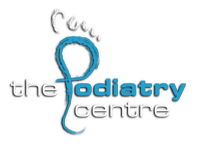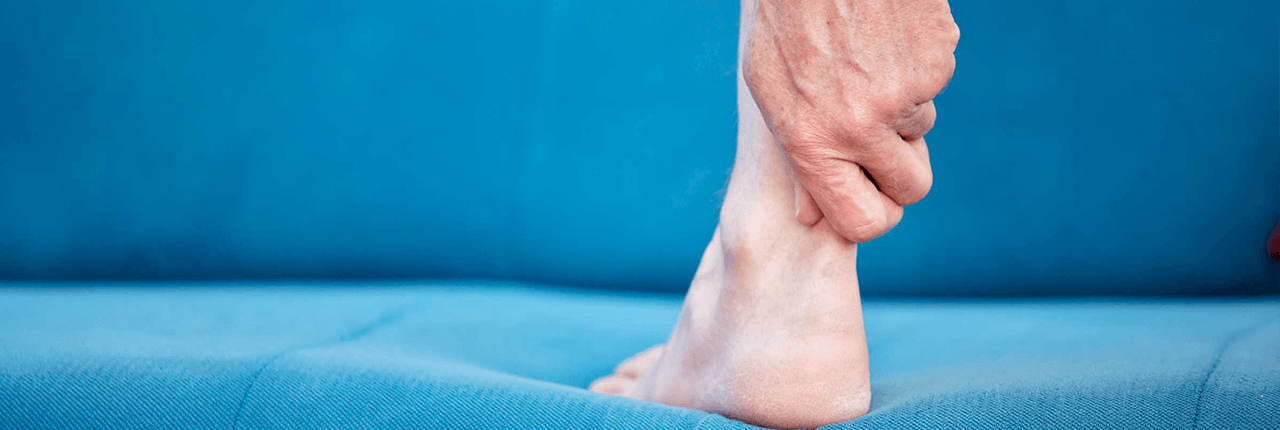Achilles Tendonitis
From knee pain to shin pain to ankle pain to heel pain to toe pain, our performance podiatry experts have it covered.
Achilles tendonitis is a common injury in runners and other athletes who run often during sports. The Achilles tendon is the largest and most vulnerable tendon in the body. It joins the gastrocnemius (calf) and the soleus muscles of the lower leg to heel of the foot. The gastrocnemius muscle crosses the knee, the ankle, and the subtalar joints and can create stress and tension in the Achilles tendon. Tendons are strong, but not very flexible so they can only so far before they get inflammed and tear or rupture.
Achilles Tendonitis Symptoms
Achilles tendonitis can come on gradually or suddenly. Acute symptoms are hard to ignore and includes pain in the back of the ankle and just above the heel that comes on quickly over a few days. It increases during exercise (particularly running). It often has a very specific pinpoint tenderness or soreness that increases when palpated.Chronic Achilles tendonitis often results from a bout of acute tendonitis that fails to heal properly. In some cases, tendonitis comes on slowly and gradually gets worse over weeks or months. This type of pain is often worse in the morning upon waking and eases as you warm up and stretch the tendon. A chronic condition may actually cause small scar-like bumps to develop in the tendon. If you run your hand over the Achilles you may feel small lumps and bumps.
Causes
Achilles tendonitis is a chronic injury that occurs primarily from overuse. It tends to come on gradually over time until pain is constant and exercise or activity too painful to continue. The biggest cause of chronic Achilles tendonitis is ignoring early warning signs and pushing through pain. If the Achilles tendon is sore, or aches, you need to pay attention and rest it immediately.
Another major contributor in the development of Achilles tendonitis is lack of flexibility in the calf muscles, which cause the muscle to shorten which creates more tension in the tendon. Overuse can also contribute to Achilles tendonitis as can a sudden increase in training mileage, hill running or a lot of speed work. The Achilles tendon has a limited blood supply, which makes this injury slow to heal. Early recognition of any tension, aches or tenderness is the most important aspect of treating tendon injuries.
Achilles Tendonitis Treatment
At the first sign of Achilles tendon pain, cut back and reduce your training. Stop speed training and hill running, and begin gentle calf stretching after exercise when the muscle and tendon is still warm and flexible. Post-exercise ice may also help. Be careful to avoid excessive stretching that could aggravate the problem. Strengthening the calf muscle can help reduce the stress on the Achilles tendon. Toe raises, and balancing on your toes, and wall stretching are useful exercises.
It is not necessary to stop activity completely (you may consider cross training) as long as you pay attention to muscle soreness and reduce activity accordingly.
Radial shockwave therapy
Our clinic has introduced this treatment modality because we believe it works in many cases. To read more about it, visit our blog Shockwave Therapy Blog
Achilles Tendonitis Stretches
Achilles Tendonitis Strengthening
Most experts agree now that eccentric strengthening of the Achilles, gastrocnemius, and soleus muscles reduces the risk of Achilles tendonitis and calf strain.
When to seek podiatry treatment.
If you have not been able to resolve the pain of your Achilles with rest and self-care, then see the podiatrist for a comprehensive assessment. The podiatrist will be able to discuss the exact causes of your pain and how to treat them and prevent future occurrences.
Written by Karl Lockett
Achilles Tendonitis
Achilles tendonitis is a common injury in runners and other athletes who run often during sports. The Achilles tendon is the largest and most vulnerable tendon in the body. It joins the gastrocnemius (calf) and the soleus muscles of the lower leg to heel of the foot. The gastrocnemius muscle crosses the knee, the ankle, and the subtalar joints and can create stress and tension in the Achilles tendon. Tendons are strong, but not very flexible so they can only so far before they get inflammed and tear or rupture.
Achilles Tendonitis Symptoms
Achilles tendonitis can come on gradually or suddenly. Acute symptoms are hard to ignore and includes pain in the back of the ankle and just above the heel that comes on quickly over a few days. It increases during exercise (particularly running). It often has a very specific pinpoint tenderness or soreness that increases when palpated.Chronic Achilles tendonitis often results from a bout of acute tendonitis that fails to heal properly. In some cases, tendonitis comes on slowly and gradually gets worse over weeks or months. This type of pain is often worse in the morning upon waking and eases as you warm up and stretch the tendon. A chronic condition may actually cause small scar-like bumps to develop in the tendon. If you run your hand over the Achilles you may feel small lumps and bumps.
Causes
Achilles tendonitis is a chronic injury that occurs primarily from overuse. It tends to come on gradually over time until pain is constant and exercise or activity too painful to continue. The biggest cause of chronic Achilles tendonitis is ignoring early warning signs and pushing through pain. If the Achilles tendon is sore, or aches, you need to pay attention and rest it immediately.
Another major contributor in the development of Achilles tendonitis is lack of flexibility in the calf muscles, which cause the muscle to shorten which creates more tension in the tendon. Overuse can also contribute to Achilles tendonitis as can a sudden increase in training mileage, hill running or a lot of speed work. The Achilles tendon has a limited blood supply, which makes this injury slow to heal. Early recognition of any tension, aches or tenderness is the most important aspect of treating tendon injuries.
Achilles Tendonitis Treatment
At the first sign of Achilles tendon pain, cut back and reduce your training. Stop speed training and hill running, and begin gentle calf stretching after exercise when the muscle and tendon is still warm and flexible. Post-exercise ice may also help. Be careful to avoid excessive stretching that could aggravate the problem. Strengthening the calf muscle can help reduce the stress on the Achilles tendon. Toe raises, and balancing on your toes, and wall stretching are useful exercises.
It is not necessary to stop activity completely (you may consider cross training) as long as you pay attention to muscle soreness and reduce activity accordingly.
Radial shockwave therapy
Our clinic has introduced this treatment modality because we believe it works in many cases. To read more about it, visit our blog Shockwave Therapy Blog
Achilles Tendonitis Stretches
Achilles Tendonitis Strengthening
Most experts agree now that eccentric strengthening of the Achilles, gastrocnemius, and soleus muscles reduces the risk of Achilles tendonitis and calf strain.
When to seek podiatry treatment.
If you have not been able to resolve the pain of your Achilles with rest and self-care, then see the podiatrist for a comprehensive assessment. The podiatrist will be able to discuss the exact causes of your pain and how to treat them and prevent future occurrences.



